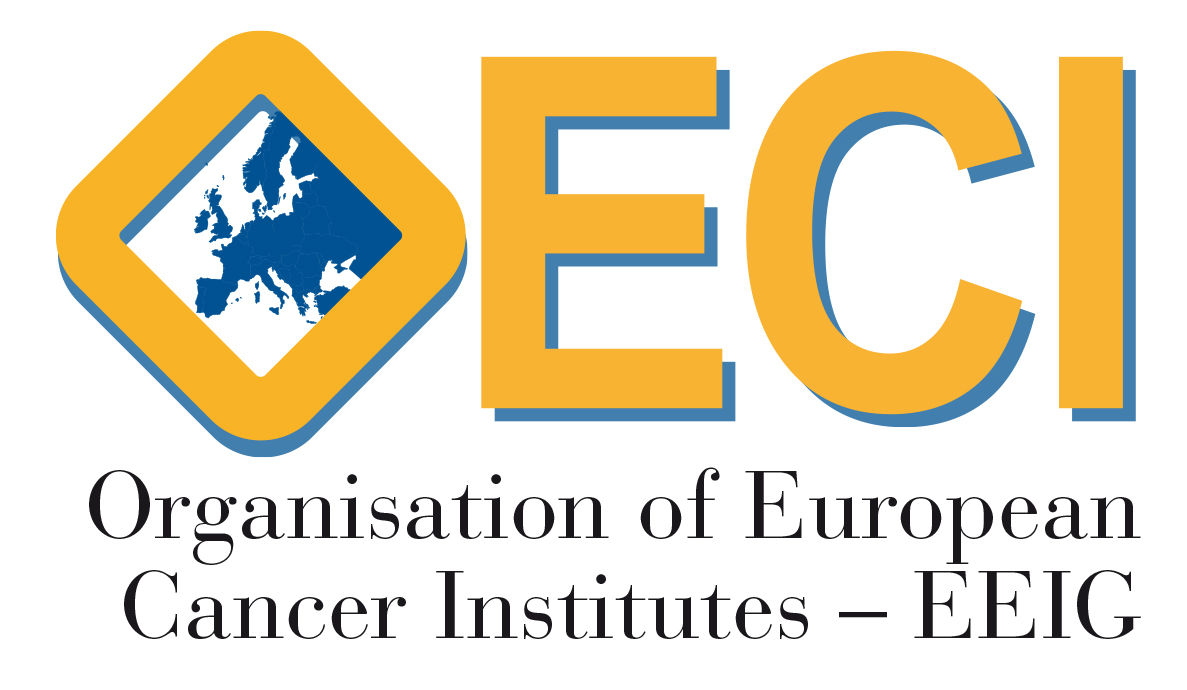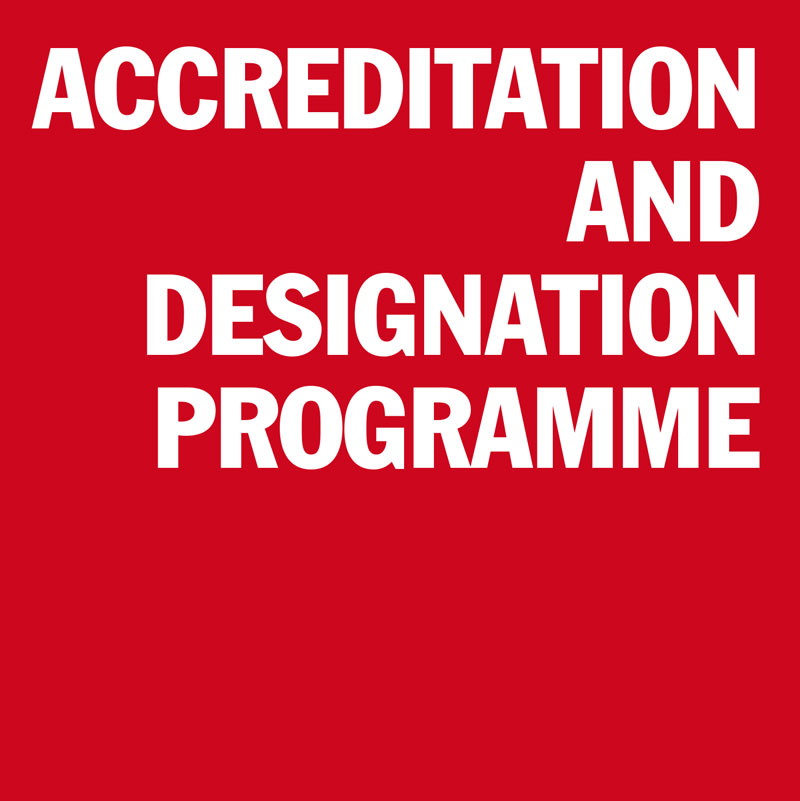Excellent Practices
Shared Decision-Making
Practice Category: Patients
Centre: Vejle Cancer Centre

Karina Dahl Steffensen
Karina.Dahl.Steffensen@rsyd.dk

Challenge which the practice addresses
Shared decision-making (SDM) is a collaborative process that allows patients and healthcare professionals to make care decisions together, taking into account the best scientific evidence available, as well as patients’ values, preferences, life situation and willingness to know about disease process and prognosis. The benefits of SDM are well documented but implementing SDM at institutional level is challenging. Cultural barriers are some of the biggest hurdles among both healthcare professionals as well as patients and relatives.
Solution
Health care organisations committed to creating an SDM culture need to formally prepare clinicians and patients for what are often new roles in making healthcare decisions together. Physicians may need to improve their skills in encouraging patients to openly share their values, fears, and preferences – and understand that SDM is a process of helping patients identify what is most important to them. Many patients will require encouragement and guidance to truly engage with their clinicians in SDM.
Systematic implementation efforts work with improvement of SDM skills for leadership, training of SDM teachers, training of clinicians as well as development and implementation of patient decision aids recognizing that these are strong facilitators of SDM in the clinical encounter, explaining the benefits, risks, and uncertainties of options in a balanced way. Patients can be prepared for SDM before and during the clinical encounter by using various information sources that explain SDM to the patient.
Impact
In March 2017, the Danish national annual survey of patients’ experience showed that from 2015 to 2016, the oncology department at Lillebaelt Hospital substantially improved its ratings on the majority of the survey questions, measured on a 5-point scale (from 1 “not at all” to 5 “yes, to a high extent”). The gains were particularly large for these two questions: “Did staff give you the opportunity to participate in decisions about your examination/treatment?” (increasing from 4.05 to 4.34) and “Did staff give relatives the opportunity to participate in decisions about treatment?” (increasing from 4.10 to 4.44). In comparison, the Danish national average for both questions is < 4.0.
In addition, the Center has initiated several research projects during the last few years, mainly in the area of decision aids to support shared decision-making in diagnostic or treatment decisions. Results show that applying a decision aid results in an overall increase in SDM behaviour and has a significant positive impact on patient-reported outcomes. We are also engaged in projects on organisational aspects, e.g. timing of decision aids and duration of consultations. Some of our current research projects are described on our webpage www.cffb.dk.
Critical success factors
Five factors have been identified that are instrumental to effectively implement SDM across an organisation:
- Leadership; organisational, clinical leaders as well as patient leaders who will champion and facilitate SDM, including practical support to overcome obstacles;
- skills development; awareness-building, preparation, training, and support for clinicians and patients;
- tools; availability of patient decision aids and other materials to support SDM, together with a means of embedding them into clinical pathways to ensure ease of use;
- performance measures; instruments for monitoring effect on quality of decision-making and patient outcomes, and
- proof of concept; demonstration projects and evidence that SDM can be beneficial in the local context.
Next steps
Cultural change requires considerable perseverance and patience. Many clinicians firmly believe that they are already practicing SDM and pay little attention to change. In the years to come, therefore, the primary aim is to investigate and describe factors contributing to adoption, implementation and sustainability of SDM.
The use of decision aids is a natural facilitator for implementing SDM. Despite this, there is a notable intention-behaviour gap in the use of decision aids in routine clinical settings. Therefore, the next step is to collect evidence with the aim of understanding the actual uptake of decision aids in healthcare settings.

